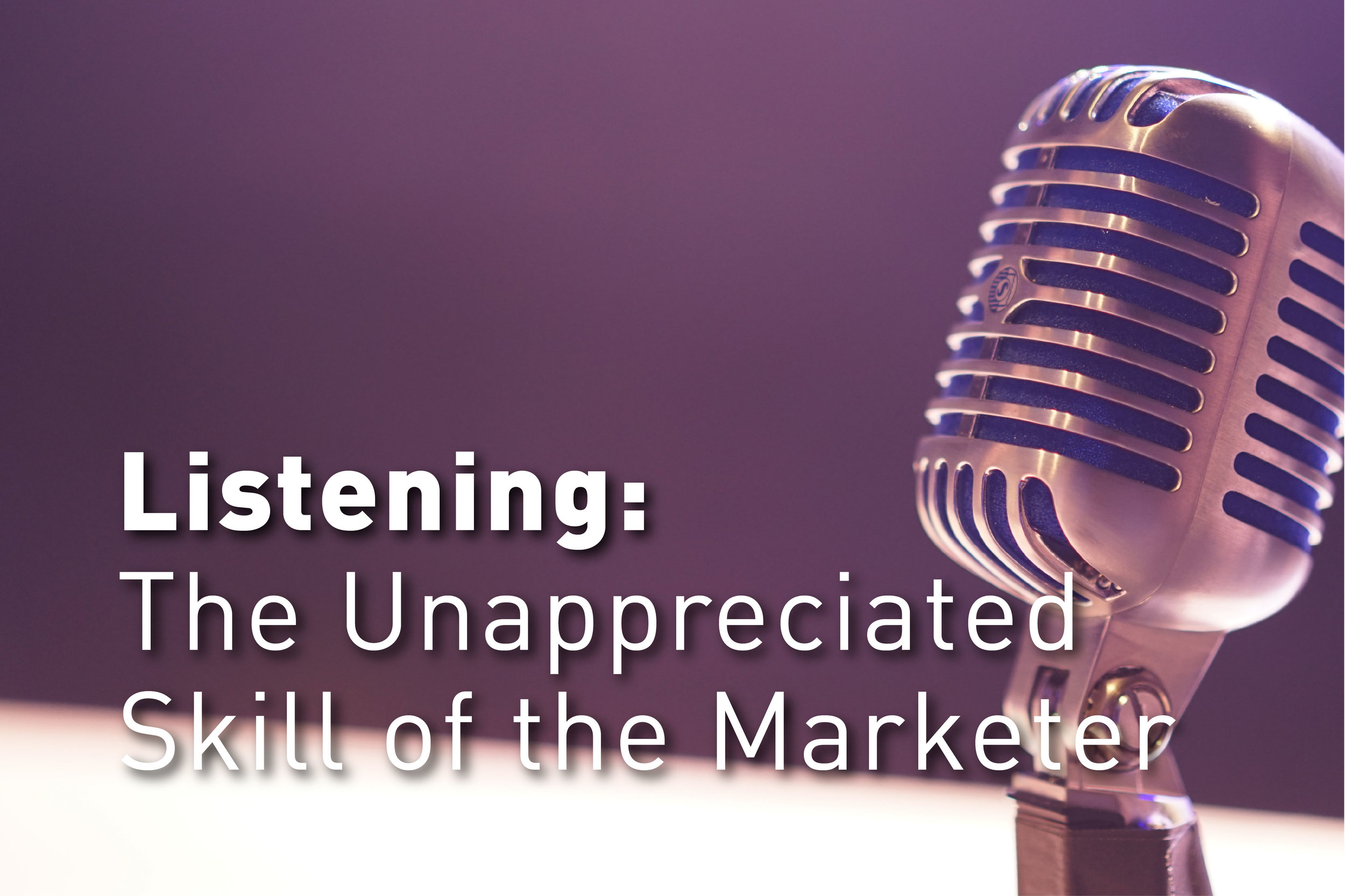Customer Feedback: A Marketing Essential
Image courtesy of @mattbotsford via Unsplash.
Reading time: 2 mins
A marketer who doesn’t listen is like a vet who doesn’t like animals.
It just doesn’t make sense.
Listening is the first thing that a marketer should do when creating a campaign, or communicating any message to their audience.
I should clarify, I don’t mean listening in the sense of hearing - this is an inclusive blog, and I wouldn’t want to shun any readers who are hard of hearing.
I mean listening as in wanting to know what people have to say.
These people who marketers should listen to include pretty much everyone - your audience, stakeholders, colleagues, friends, family… try to listen to everyone, because, after all, knowledge is power.
You can find inspiration in the unlikeliest places, so to me, listening means being aware of as much as I can.
One of the best things to listen to is customer feedback.
Feedback is absolute gold dust. Your customers are actively engaging with you (woo!), and telling you what they want from you (woohoo!).
Listening to customer feedback can save you hours of research, and can be much more ‘actionable’.
For example, hours of research could tell you that customers aren’t willing to pay a certain amount for your product.
Customer feedback can tell you why.
Maybe your product isn’t being sold in the right place, or you haven’t promoted its features or benefits, or you’re selling to the wrong audience.
Your customers can tell you this.
Image courtesy of @rawpixel via Unsplash.
So how do you get customer feedback?
Simply put, ask for it.
Your loyal customers will want to talk to you.
Your disloyal customers will also want to talk to you - if they aren’t happy, as much as it hurts, you want to hear it. It’s constructive criticism.
If your customers aren’t responding to your request - that is, if you’re still in your early phases and haven’t yet solidified your brand to garner loyalty with your customers - then you may have to incentivise your request for feedback.
You may be reluctant to, but consider how much time and money you could save and earn if you spend just £200 on a coffee machine, or £10 on a Love2Shop voucher.
Remember what I said before: feedback is absolute gold dust.
Image courtesy of @jarispics via Unsplash.
The format of your feedback could be in a few different ways: surveys, case studies, and reviews/testimonials/comments.
I’ll explain:
Surveys
Surveys are very easy to put together, especially when using platforms such as Survey Monkey.
But you have to know exactly what you want to find out from your customers.
Sending a general survey, or a survey with a non-linear train of thought can negatively affect your customers’ perception of your brand.
Additional benefits of surveys are that the data can be accessed and analysed quickly, and, if the questions are in the right format, they can be quantified as well as qualified.
Case studies
Case studies are typically used in B2B businesses rather than B2C companies.
Before considering a case study, you must have at least one customer who you know is pleased with your service, and how you can demonstrate through facts and figures that you have helped.
The case study should be used to showcase what your company can offer, and can have considerably more impact than usual testimonials.
When conducting a case study, you have to be honest with the customer that you are using for the case study, and ask them to be honest with you.
If they had any hiccups along the way, you want to know about it, so you can continue to improve your offering.
Reviews, testimonials and comments
Some consider these the bane of the marketer - one of my previous marketing lecturers swore off responding to any review on TripAdvisor (don’t get me started) - but they are so useful.
Good reviews are a shower of love on the whole company, and ‘bad’ reviews give the opportunity to improve.
If we are not improving our service, we will grow stagnant, won’t see any growth, and will fail to succeed (dun dun duun).
One thing that I am adamant about is that you should always respond - in one way or another - to every review (or as many as you can).
Your customers have taken the time to make a comment to you, so it’s common courtesy to reply to them, either to say thanks or to push for more information.
Another point to raise here is that just writing ‘thanks’ on good reviews is also not a great way to operate.
Write something more personal to that customer, and turn them into a true brand-loyal customer.
You can also use excellent testimonials in your marketing - plaster them over your website, call out to them on social media, mention them in emails… just make sure that you have the customer’s permission before you do!
I hope this has helped explain more about the power of feedback and listening to your customers, and that you can adopt a few of these approaches in your next marketing campaign.
Let us know your most successful ways of getting feedback from your customers, and how you’ve used it in your marketing to boost your sales - drop us a comment!














